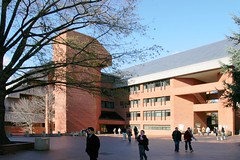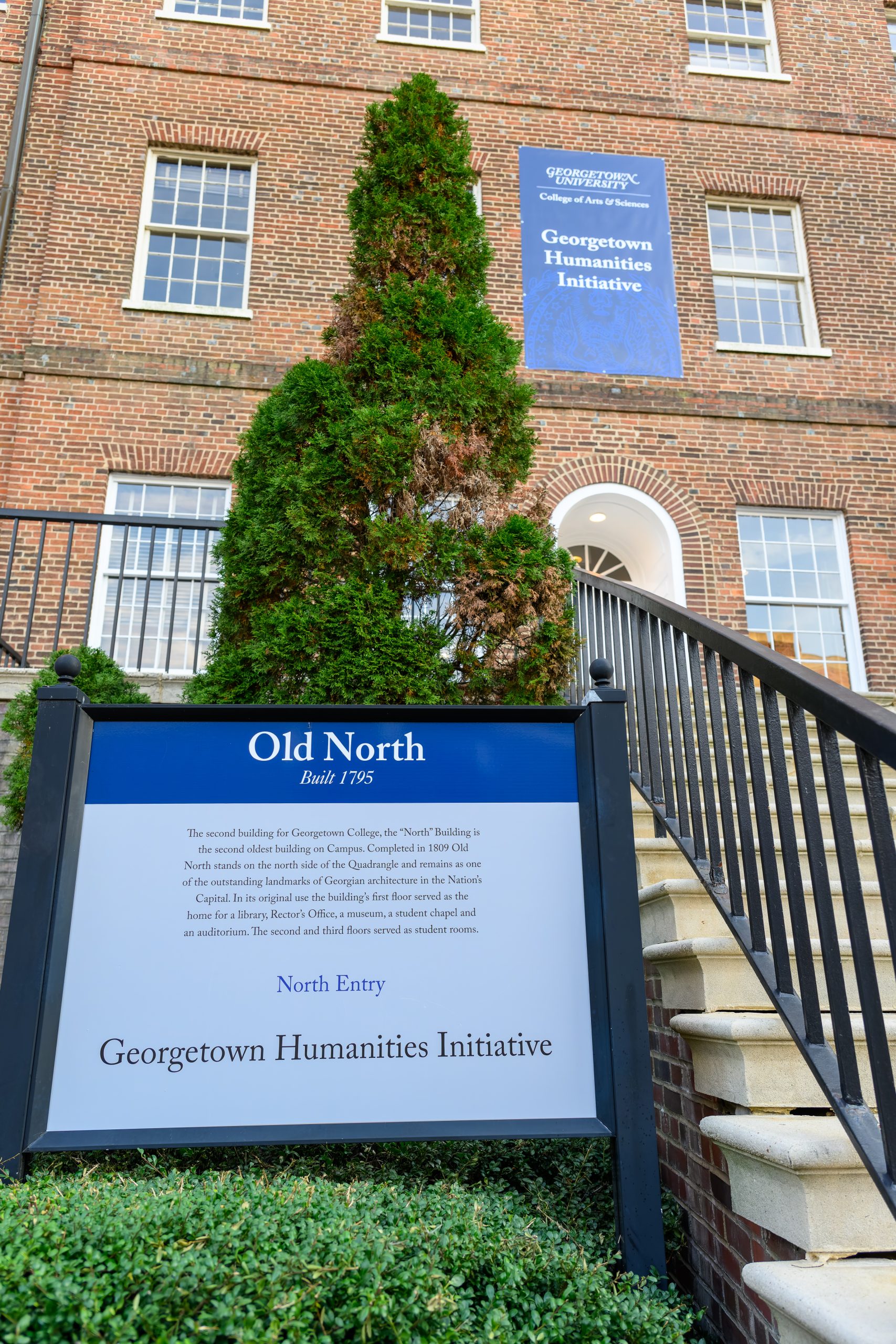The Final Post
Posted onIt has been an outlet to fill the need to do a little writing each week. It has kept me honest about deciding whether I was spending my time on important issues rather than minutia. It provided a signal each week that the week was proceeding and much remained to do.
Over the years we increased the number of awards given to faculty and staff, so one of the pleasures of writing the blog was announcing the current winners to the community. This included the Provost Distinguished Associate Professors, the Sonnenborn Chairs for Interdisciplinary Collaboration, the Provost Distinguished Faculty Fellows, the Provost Innovation in Teaching Awards, and, most recently, the Provost Distinguished Staff Awards.
Another series of posts concerned the status and future of higher education. Here much time was spent on issues involving the engagement of students in classrooms, the dialogues among person with opposing beliefs, and the value of experience-based learning. In the early years, when the hype phase of online learning was present, we spent a lot of time discussing internet assisted education, Massive Open Online Courses (MOOCs), and other developments that were being touted as the end of residential, in-person education.
Some of the discussion was about the life of the mind that is common to all faculty. Some observed the differences in research cultures across the fields. Others involved attempts to reduce the university’s bureaucratic impediments to research. Some others observed the crucial role that staff play in the operations of a modern university, making the work of both students and faculty more productive. We discussed the integrative role of graduate programs both for research productivity and for undergraduate mentorship.
Other posts focused on the changing landscape of human knowledge itself, the fact that formerly distinct fields of inquiry are being combined and blended in new ways. We observed that this was especially appropriate for Georgetown, given its mission to serve the common good. This led to many posts about how combining the strengths of multiple disciplines into centers, institutes, and new shared degree programs may increase the impact of higher education. It argued that networks of faculty and research centers may be a more productive organization than hierarchies, in which faculty have bosses who direct their research foci.
Finally, we spent a little time on social science issues of personal interest. This included worries about the increasing cost of measurements of large human populations (like that of the U.S.) threatening the loss of information about the welfare of the countries involved. It commented on what we used to call “big data.” It observed that trust in institutions and in science were experiencing notable declines over time.
I ended my provost service a few days ago, and, upon reflection, have decided to end posting on this blog. While all of these topics remain of interest to me, in my new role, I’ll find another way to share my observations. Thank you for reading these musings over the years.

